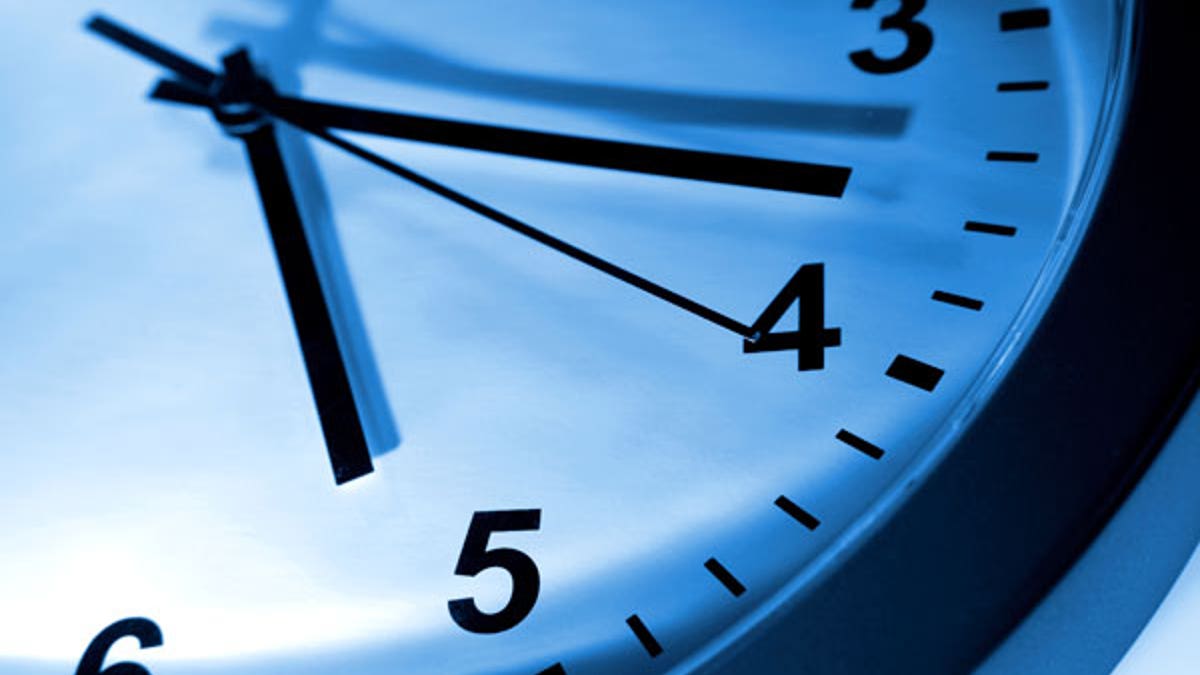
(iStock)
Teens with earlier high school start times may get in more car accidents than those with later start times, according to a study comparing two counties in Virginia.
The authors previously found a similar association in two other Virginia counties, which they published in 2011.
“Our study results suggest that early high school start times are problematic for our teens' ability to drive safely, but they cannot prove a causal relationship between early high school start times and increased teen crashes,” said lead author Dr. Robert Daniel Vorona of the Eastern Virginia Medical School in Norfolk.
But early start times may lead to sleep loss, he and his coauthors write.
Vorona and his coauthors used data from the Virginia Department of Motor Vehicles to compare car accident frequencies in Chesterfield County, Virginia, where high school classes began at 7:20 a.m., with nearby Henrico County, where classes started at 8:45 a.m.
In the 2009-2010 school year, for every 1,000 licensed drivers ages 16 to 18, there were almost 49 crashes in Chesterfield, compared to 38 in Henrico.
The situation was similar for 17 to 18 year old teens in 2010-2011, although there was no difference overall between counties for 16 to 18 year olds.
In total over the two-year period, teens got into 707 crashes in Henrico county and 1074 crashes in Chesterfield, the researchers reported in the Journal of Clinical Sleep Medicine.
Middle and high schools should start at 8:30 a.m. or later to benefit the health and welfare of students, according to a 2014 policy statement from the American Academy of Pediatrics. Poor sleep has been linked to increased risks of depression, anxiety, obesity and motor vehicle accidents, experts noted in an article published alongside the statement in Pediatrics.
American Academy of Sleep Medicine President Dr. Timothy Morgenthaler, a national spokesperson for the Healthy Sleep Project, told Reuters Health that research funded by the Centers for Disease Control and Prevention (CDC) and reported in 2014 showed that for half of communities that instituted a later start time for their high schools, the rate of car crashes for high-school-age drivers dropped by 65 to 70 percent.
“By decreasing the likelihood that teens will be sleep-deprived when getting behind the wheel in the morning, we can help decrease the chance they will be involved in an accident,” Morgenthaler, who was not part of the new study, told Reuters Health in a statement.
Sleep and circadian rhythms change during adolescence, and school start times that aren’t aligned with their sleep needs puts teens at risk for chronic sleep restriction, he said.
“In puberty, a natural shift occurs in the timing of the body’s internal ‘circadian’ clock, causing most teens to have a biological preference for a late-night bedtime,” Morgenthaler said. “Current school start times are asking teens to shine when their biological clock tells them to sleep.”
Scheduling school start times should be a collaboration between parents and local school boards, he said.
“My suggestion would be that high schools should optimally start in the area of 8:30 to 8:45 such as the two later starting jurisdictions in our two studies,” Vorona told Reuters Health by email. “I would expect that they would need to end the school day later.”
Parents should explain how important adequate sleep is to teens, and restrict their driving to and from school and otherwise if their teen has not achieved sufficient sleep, Vorona said.
“Teens are inexperienced and poor drivers and adding sleep deprivation to the mix is asking for trouble,” he said.
